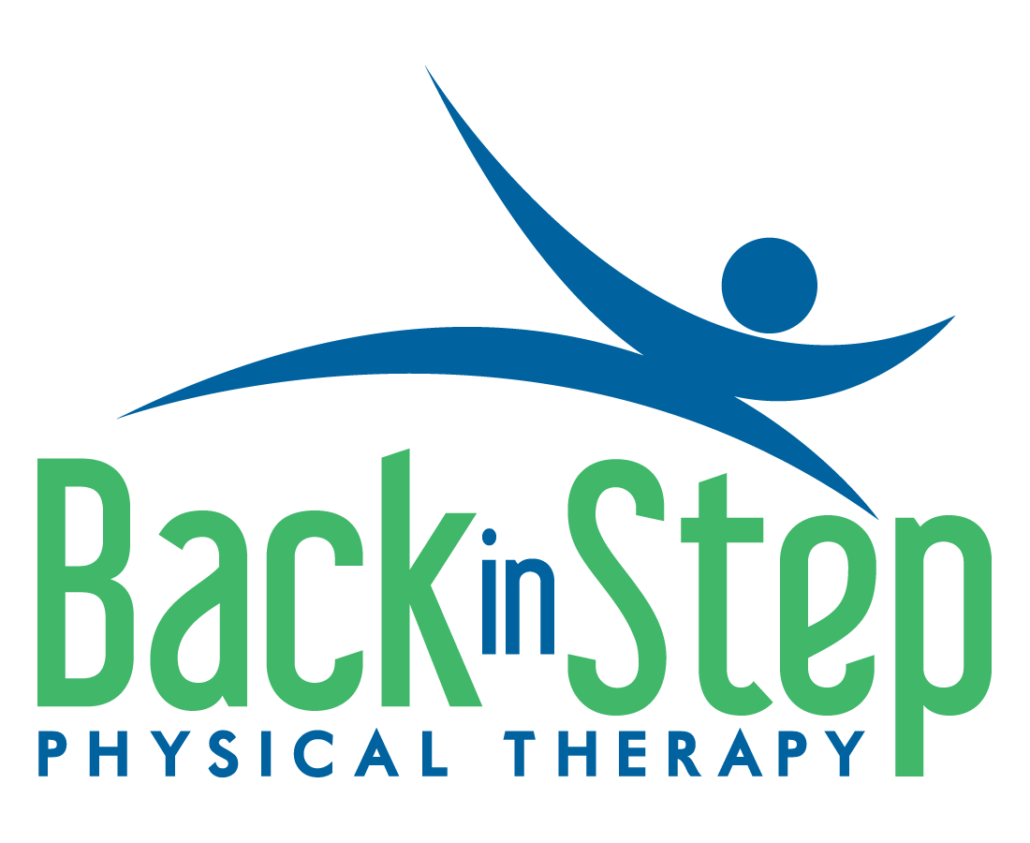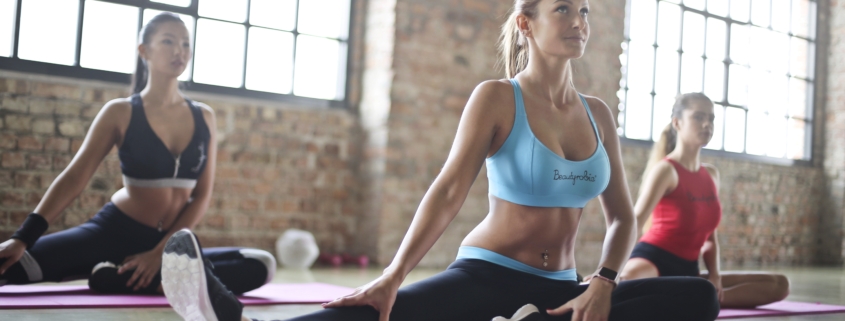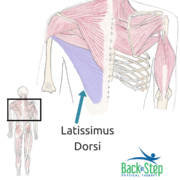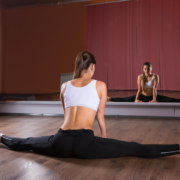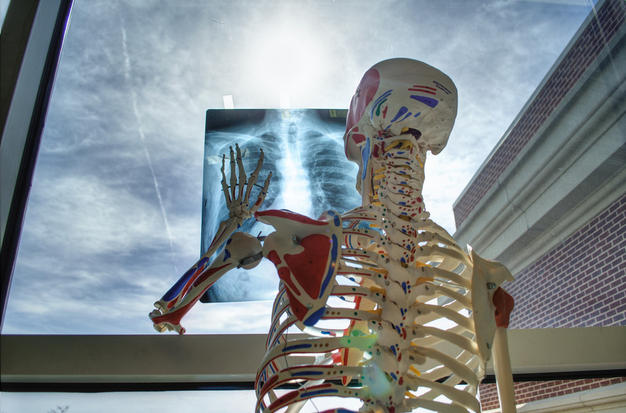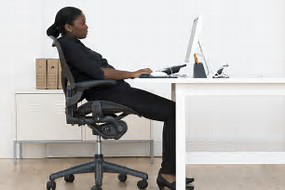The New Stretch Session Fad
You’ve been seeing a rise in the new stretch session fad. New businesses are popping up across the country and existing businesses are adding it as a new service.

In doing research about these sessions, I found that companies offer appointments that range from 15 minutes all the way up to 90 minutes. They often run for the same price as a typical massage and sometimes more. One company offers a 50-minute self-stretch session for $185. These sessions have you working with a “stretch professional” who guides you through stretches that you can do on your own. A 90-minute session can run $375 to have someone stretch you!
The websites all state that they use a proprietary method, so it’s hard to say exactly what you’re getting. One thing I did consistently find, however, was that they have a list of stretches that the stretch professional takes each client through. The order of the stretches may be customized, but they frequently do the same stretches for everyone.
Now, of course, this is not to say that stretching sessions are uncalled for or can’t be done well. There are several things to consider when deciding if it might be the right choice for you. Keep reading to find out more!
More About Stretching
Now I have no problem with the concept of stretching. It’s an option that has its place and time. Some patients may receive a stretch as a part of their home exercise program. Others may have an assisted stretch that is used during a treatment session. This treatment option is only recommended or used after doing a thorough examination, and it certainly is not the only type of treatment provided.
Stretching comes in many types – active/dynamic stretching versus passive stretching, self-stretching versus assisted stretching. You don’t hold the position for very long for an active stretch. It’s more like moving in and out of the position with good control. A passive stretch is different – you hold a position for a period of time. Self-stretching is exactly what it sounds like. You’re in charge of your position, how long you hold, and how deep of a stretch you get. Assisted stretching (done by a trained professional) will have someone else making sure that it’s done in the ideal position for the given muscle. They may include other techniques to increase the benefit of the stretch.
What the Research Says
There is some conflicting information when you look through the research about stretching. The topics include things like: is it helpful or harmful, how to do it properly, how to dose it, etc.
Some research suggests that for a short period after stretching, you actually show a decrease in maximum power, strength, and strength endurance. Other research finds that regular stretching (10-15 minutes, 3-4 days per week) facilitates an overall increase in power, strength, and endurance. It also suggests that it increases flexibility and mobility. An overall theme is that stretching does not significantly help to prevent injuries in the first place. And if you do stretch in conjunction with doing an activity or sport, research leans towards doing it afterwards. It’s also suggested that active/dynamic stretching is more helpful than a passive stretch.
Dosing a stretch is also all over the board. Just for passive stretching alone, I’ve noticed a change over time. When I first learned about it, the most popular suggestion was that you had to hold for at least 30 seconds up to 60 seconds, 3-5 repetitions. It has changed in the last couple of years, now recommending a stretch for 1-2 minutes in total, broken down into manageable chunks.
The most important thing is that you stretch within an effective zone. You won’t be placing enough influence on the tissue to actually create a change if you don’t go far enough. You place too much stress on the tissue and can cause harm if you push too hard. Even when you work with a trained professional on an assisted stretch, it’s important that you have open communication to make sure that you’re getting the right intensity.
Stability and Mobility
Our bodies are a balance between mobility and stability. Mobility, or flexibility, allows us to move more – like a shoulder being able to move in more directions than a knee. Stability, on the other hand, must exist to allow us to have mobility elsewhere.
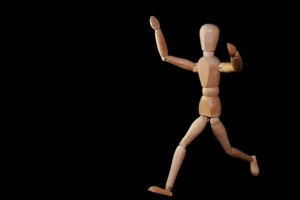

Imagine a marionette doll – if we were built like them, with all of their flexibility, it would be very difficult to get through most of our day. We’d also have to use a lot more muscle power and effort to move, or to even just sit up or stand up. If we were built like a mannequin, on the other hand, we also would have difficulty getting much accomplished. We would be incredibly stable, but moving would be incredibly difficult.
Our bodies are meant to be a good blend of mobility and stability. Stretching works on the mobility piece, but not the stability side of things. We need to work on both sides of the coin to keep our bodies happy. Getting stretched at a stretch session or going through a stretching program may help things get looser, but if you’re not also working on strengthening other muscles to balance with your new mobility, you’re likely to have other problems.
In fact, in some cases, people may say that they feel “tight” or “stiff” and feel like they need to stretch, but what they actually need it to strength that muscle. I know it seems counter-intuitive, but our bodies aren’t great at telling the difference between the two.
The Take-Home Messages
Stretching can serve a purpose when applied to the right individual under the right circumstances. There is no magic set of stretches that each and every person needs. Stretching is not necessarily the answer, even when you feel “tight” or “stiff”. Stretching can even be counterproductive if you what you need is more stability and support.
If you think that you need a stretching program, make sure that you’re working with a trained professional who can do a thorough assessment to see what the right answer is for you. Make sure that they can explain why you need that specific treatment and that they can discuss various options for you.
